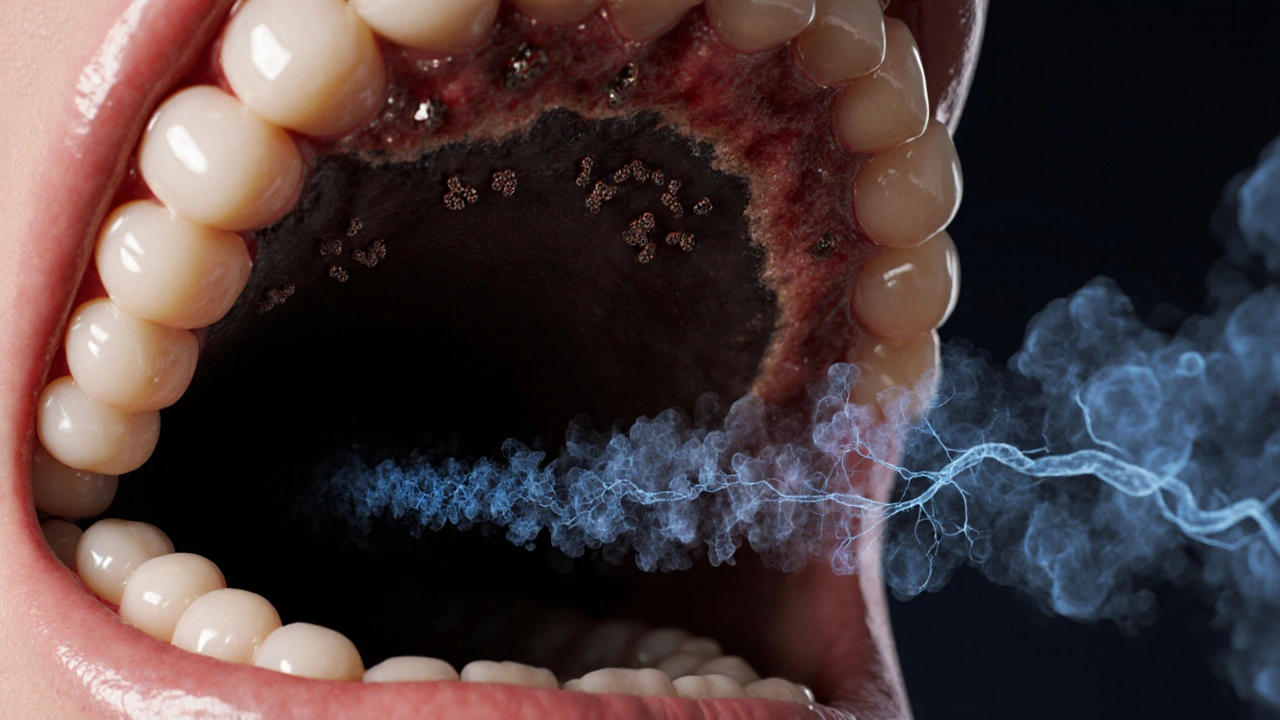Aspiration Pneumonia: Causes, Symptoms, and Care
When dealing with aspiration pneumonia, a lung infection that occurs after inhaling food, liquid, or vomit into the airways, also known as inhalation pneumonia, you need a solid understanding of why it happens and how to manage it. This condition isn’t just a buzzword for doctors – it’s a real threat for anyone who struggles with swallowing, has a weakened gag reflex, or is under heavy sedation. Knowing the basics helps you spot early signs and act fast, which can mean the difference between a quick recovery and a serious health setback.
Key Factors That Set the Stage
One of the first things to look at are the risk factors, conditions or habits that increase the chance of material entering the lungs. Common culprits include neurological disorders like stroke or Parkinson’s disease, reduced consciousness from alcohol or drugs, and mechanical issues such as a feeding tube gone wrong. Elderly patients and those with chronic lung disease also sit higher on the risk ladder. By identifying these triggers early, families and caregivers can put preventive steps in place – like positioning tricks, swallowing exercises, or medication reviews – to keep aspiration pneumonia at bay.
Understanding the chain of events leads straight into the next crucial piece: diagnosis, the process of confirming lung infection through symptoms, imaging, and lab tests. Doctors look for a mix of fever, cough, shortness of breath, and a history of choking or recent vomiting. A chest X‑ray or CT scan usually shows infiltrates in the dependent lung zones, while sputum cultures help pinpoint the bacteria involved. Early, accurate diagnosis is essential because it guides the choice of antibiotics and prevents the infection from spreading deeper into the lungs.
Once the diagnosis is locked in, the treatment plan kicks in. treatment, medical and supportive steps to clear the infection and protect the airway typically starts with broad‑spectrum antibiotics aimed at covering both aerobic and anaerobic organisms. In severe cases, patients may need oxygen therapy, chest physiotherapy, or even temporary ventilation support. Simultaneously, clinicians address the underlying cause – for example, adjusting feeding techniques or treating the neurological condition that led to the aspiration in the first place. Prompt, targeted treatment not only clears the infection faster but also cuts down the risk of long‑term lung damage.
Even with the right care, some people develop complications such as lung abscesses, empyema, or chronic respiratory insufficiency. These outcomes often stem from delayed treatment, resistant bacteria, or persistent aspiration events. Monitoring for signs like persistent fever, worsening chest pain, or new shortness of breath is vital during recovery. If complications arise, more aggressive interventions – such as surgical drainage or prolonged antibiotic courses – may become necessary.
Now that you’ve got a clear picture of what aspiration pneumonia is, why it happens, how it’s spotted, and what’s done to fix it, you’re ready to dive deeper. Below you’ll find a curated collection of articles that break down each of these areas in detail, from practical tips on preventing aspiration in high‑risk patients to step‑by‑step guides on interpreting chest imaging. Whether you’re a caregiver, a health‑professional, or just curious about lung health, the posts ahead will give you actionable insight and up‑to‑date information.
Why Proper Oral Hygiene Is Key to Preventing Lung Inflammation
Learn how proper oral hygiene helps prevent lung inflammation, the science behind it, and practical steps to protect your respiratory health.






